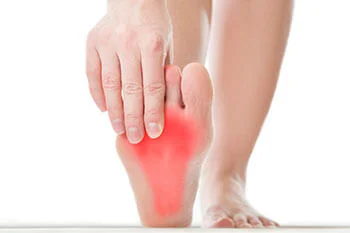Table of Contents
Introduction
Symptoms
Brachymetatarsia is evident when a toe appears elevated and positioned on top of the foot. The condition presents in childhood when the bones are developing in the forefoot.
Most people do not feel any pain related to brachymetatarsia, however there is often toe discomfort with the foreshortened toe rubbing on most shoes.
Treatment
Certainly conservative treatments can be tried to pad or protect the toe and reduce the irritation.
Our preferred surgical treatment involves lengthening the metatarsal with an mini external fixator that gradually lengthens the bone after it is cut. During surgery a pin needs to be placed in the involved toe to bring it into a functional position and allow the soft tissue attachments to adjust to the lengthening. The mini fixator is attached to the bones and control alignment during the lengthening procedure. Careful monitoring is needed to ensure accurate and predicible results.
The recovery period following surgery is typically about two to three months with the patient needing crutches or a knee scooter to avoid weight bearing during the elongation and healing process.
The gradual lengthening procedure is more safe than one stage procedures which require a large bone graft and place nerves and blood vessels to the toe at risk due to sudden tension on those structure all at once. One stage surgery can increase risk for chronic pain and loss of toe.


